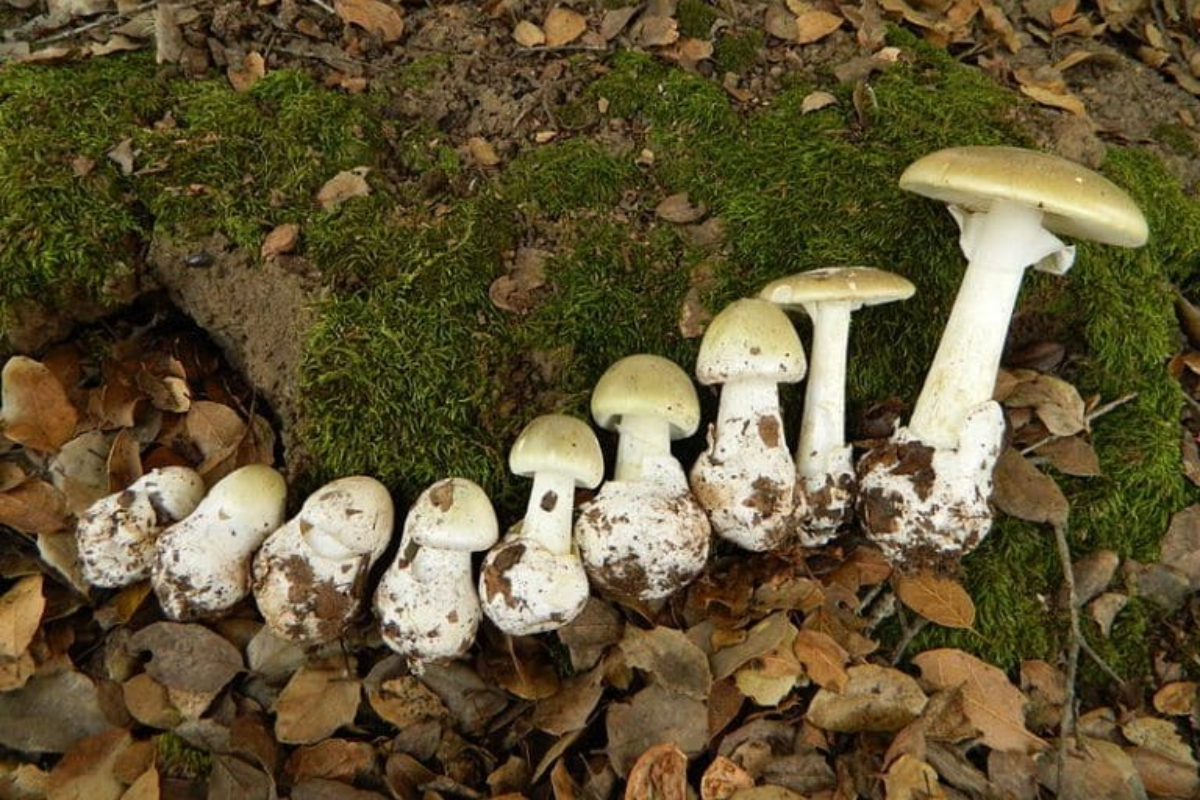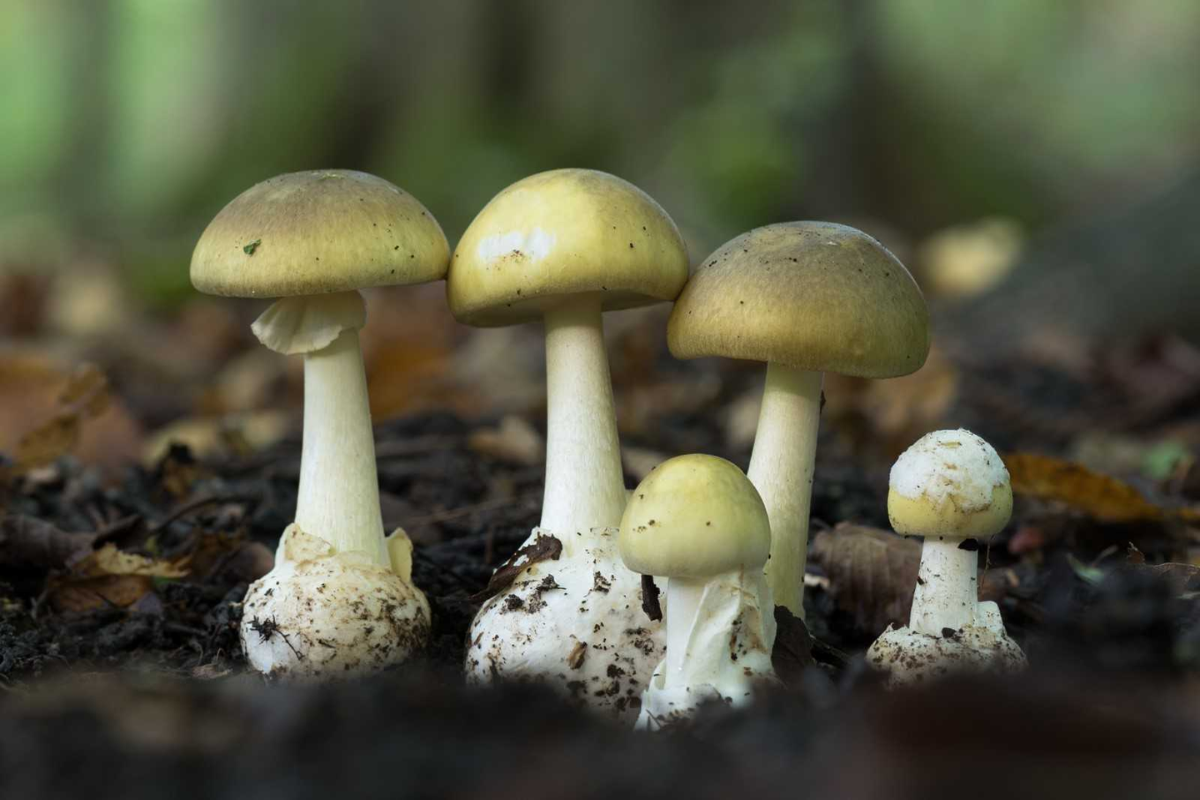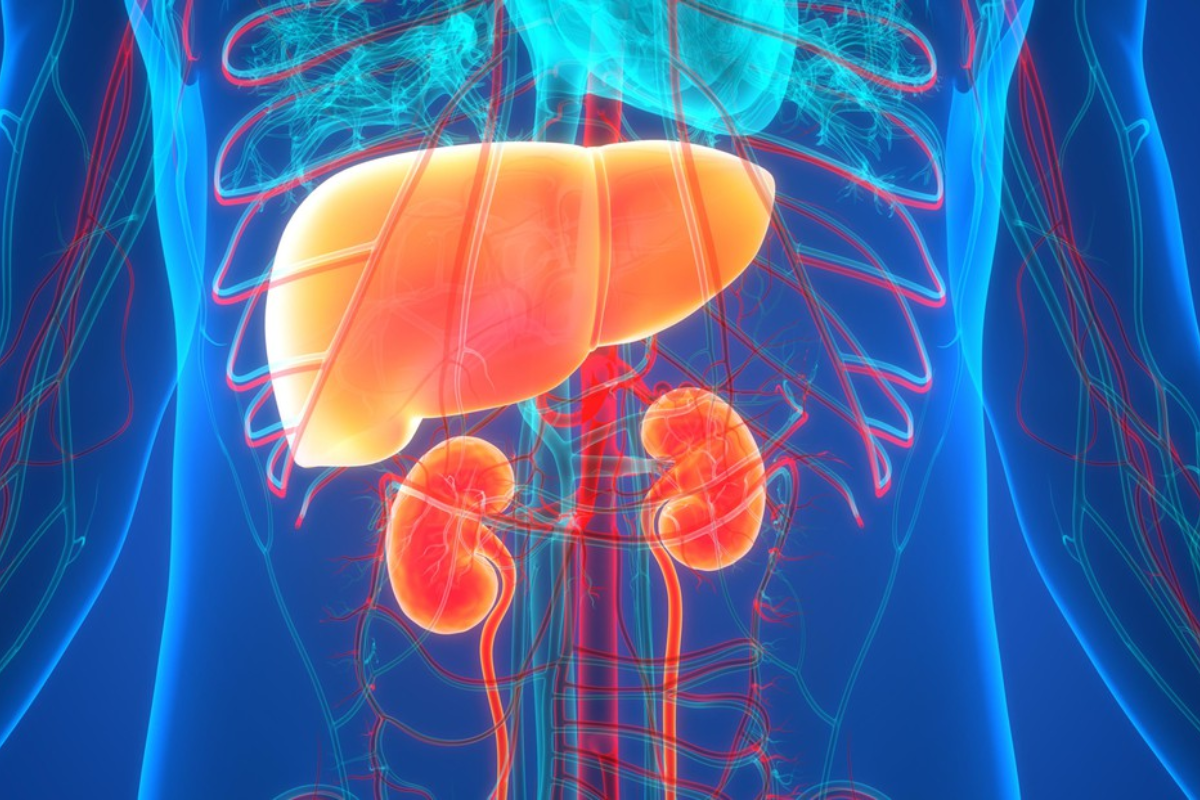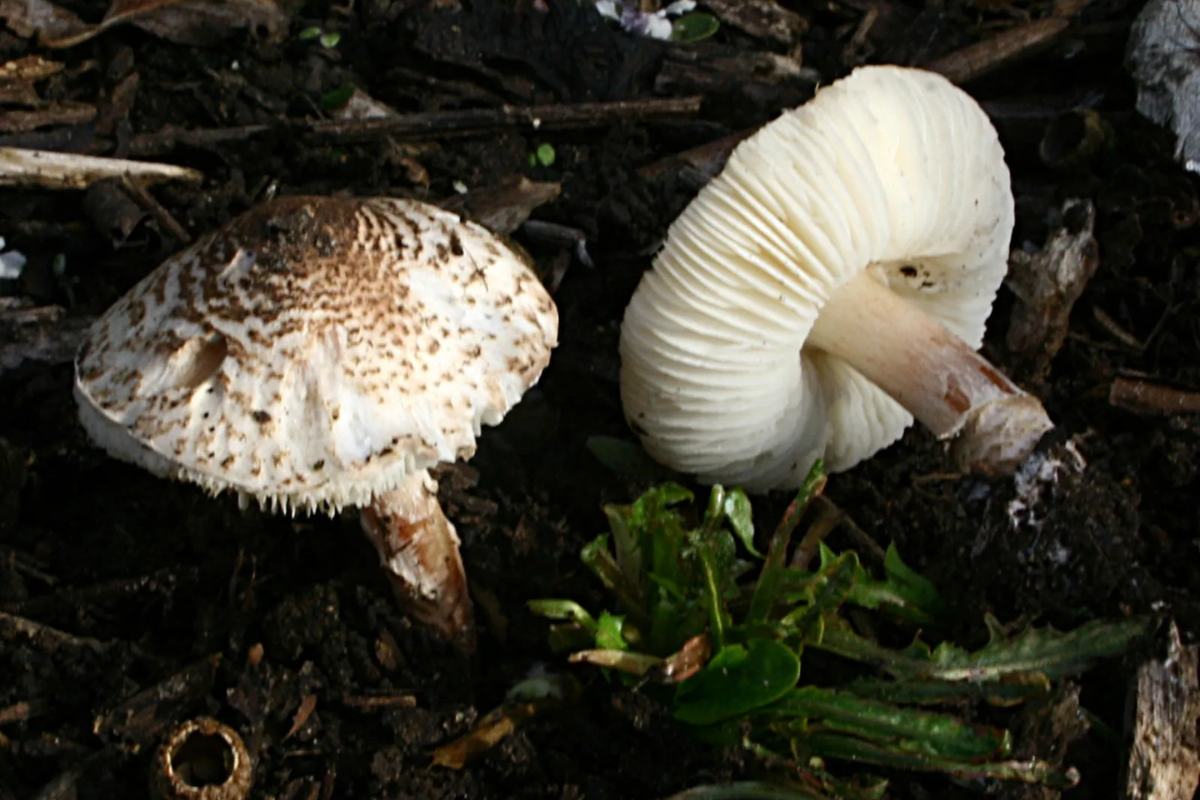Mushroom Poisoning: Symptoms, Causes, and Prevention
Mushroom Poisoning: Symptoms, Causes, and Prevention
Blog Article
Mushroom Poisoning: Symptoms, Causes, and Prevention

- Source: totallywilduk.co.uk
Mushrooms have long been a part of human diets and traditional medicines. However, they are not all harmless. Some wild species are lethal and can cause severe, sometimes deadly, health ailments. This is referred to as mushroom poisoning, an avoidable but usually overlooked hazard to health.
This article provides a detailed overview of mushroom poisoning, including the toxic mushrooms, symptoms to look out for, treatment processes, and, most importantly, how to avoid it.
What Is Mushroom Poisoning?
Mushroom poisoning results from the ingestion of mushrooms containing poisonous compounds. The toxins, referred to as mycotoxins, tend to act on various organs based on the type of mushroom. Some toxins affect the liver and kidneys, while others affect the nervous or gastrointestinal tract. Symptoms can range from mild gastrointestinal discomfort to fatal organ failure.
Annually, hundreds of thousands of cases occur worldwide, most commonly as a result of foraging errors or mistaken identification of edible mushrooms.
Dangerous Mushrooms to Steer Clear Of:
There are more than 14,000 mushroom species in the world, but only a limited few are poisonous. Even so, the risk is in the similarity many poisonous types bear to their edible counterparts.
1. Amanita phalloides (Death Cap)

2. Galerina marginata
A small brown mushroom that appears innocuous but has lethal amatoxins like the Death Cap.
3. Cortinarius species
They trigger kidney failure owing to a poison known as orellanine. The effects rarely manifest days after consumption, hence making them hard to diagnose.
4. Gyromitra esculenta (False Morel)
Even though at times eaten in parts of Europe after special treatment, this mushroom has the potential of being extremely toxic and triggering fits, vomiting, and liver destruction.
5. Inocybe and Clitocybe species
These have muscarine, a poison that triggers perspiration, drooling, vomiting, and, where severe, causes respiratory failure.
Also Read: Most Poisonous Mushrooms You Should Know
Symptoms of Mushroom Poisoning
The symptoms depend on the type consumed, the quantity, and the patient’s health. The following are the typical phases and symptoms:
1. Early Gastrointestinal Distress (0–6 Hours)
- Nausea and vomiting
- Diarrhea
- Abdominal cramps
The phase is common in less toxic species but may also precede more serious poisoning.
2. Latent Phase (6–24 Hours)
In the case of fatal mushrooms such as the Death Cap, the symptoms might disappear temporarily, providing a false impression of recovery. This is the most treacherous and misleading stage.
3. Organ Damage (24–72 Hours)
- Jaundice
- Seizures
- Confusion
- Kidney or liver failure
- Unless treated, this stage may progress to coma or death.
- Diagnosing Mushroom Poisoning

- What did the mushroom look like?
- Where and when was it discovered?
- How much was consumed?
- What symptoms have arisen?
In a few instances, remaining mushrooms or photographs can assist mycologists (mushroom scientists) in identifying the species, which can aid in treatment and diagnosis.
Treatment Options
No antidote for mushroom poisoning will work for everyone, so treatment usually involves:
1. Supportive Care
- IV fluids to hydrate
- Anti-nausea medications
- Management of electrolytes
2. Activated Charcoal
Administered shortly after ingestion, it can bind with toxins and decrease absorption within the GI tract.
3. Specific Antidotes
- Silibinin (from milk thistle) has been promising in treating amatoxin poisoning.
- Atropine can be employed in muscarinic mushroom poisoning.
4. Hemodialysis or Liver Transplant
In advanced cases, particularly with liver or kidney failure, dialysis or an organ transplant would be required.
Early medical care greatly enhances survival rates.
Why Mushroom Poisoning Is Often Misdiagnosed?

In addition, not everybody attributes their symptoms to wild mushrooms, particularly when eaten as part of a meal where identification becomes hard.
Who Is Most at Risk?
Although anyone is susceptible to mushroom poisoning, the following groups have a higher risk:
- Foragers and mushroom gatherers: Primarily amateurs that incorrectly identify mushrooms in the wild.
- Children: Tend to be drawn in by brightly colored fungi when playing outside.
- Older adults: Might have an impaired metabolism or compromised immune system.
- Individuals eating exotic food: Some food contains wild mushrooms that are improperly identified or not prepared.
Also Read: Stomach Flu vs Food Poisoning: Understanding the Key Differences
Prevention: The Best Cure
The best method of prevention is to avoid picking wild mushrooms. Some preventive tips:
1. Never Consume Wild Mushrooms Without Expert Identification
Even seasoned mushroom foragers may get it wrong. Always refer to an expert mycologist.
2. Don’t Listen to Age-Old Myths
Traditional methods like “if animals eat it, it’s okay” or “toxic mushrooms turn silver black” are unsafe and unreliable.
3. Train Children
Instruct children never to touch or consume mushrooms they happen to find outside, regardless of how harmless they might look.
4. Pet Safety
Mushroom poisoning can also affect dogs. Keep pets under close supervision on walks, particularly in wet or wooded environments.
5. Segregate Edible Mushrooms
If you purchase mushrooms at a farmers’ market or forage for edible species, keep them segregated from any other unknown species in case of cross-contamination.
Also Read: These 4 Simple Tips Can Help You Avoid Food Poisoning at Home
Global Trends and Increased Concerns
Interestingly, as wild food and foraging interest increases, so too have cases of mushroom poisoning in some nations. Climate change could also be fueling the development of new fungal species in areas previously untouched, making identification and safety even more challenging.
Some nations, like France and Switzerland, now provide public mushroom identification services during foraging season—a model others could follow to minimize incidents.
Final Thoughts
As much as mushrooms provide a culinary and medicinal universe of possibilities, the risk of misidentification is all too real. Mushroom poisoning is not only an occasional forager’s risk—it’s a matter of public health that needs education, knowledge, and immediate medical attention if symptoms develop. If you ever have reason to believe you’ve been poisoned by mushrooms, don’t hesitate—get emergency medical care. The difference between survival and disaster is often a matter of timing. By learning to identify the dangers and honoring nature’s complexity, we can safely enjoy mushrooms—without putting our lives at risk.